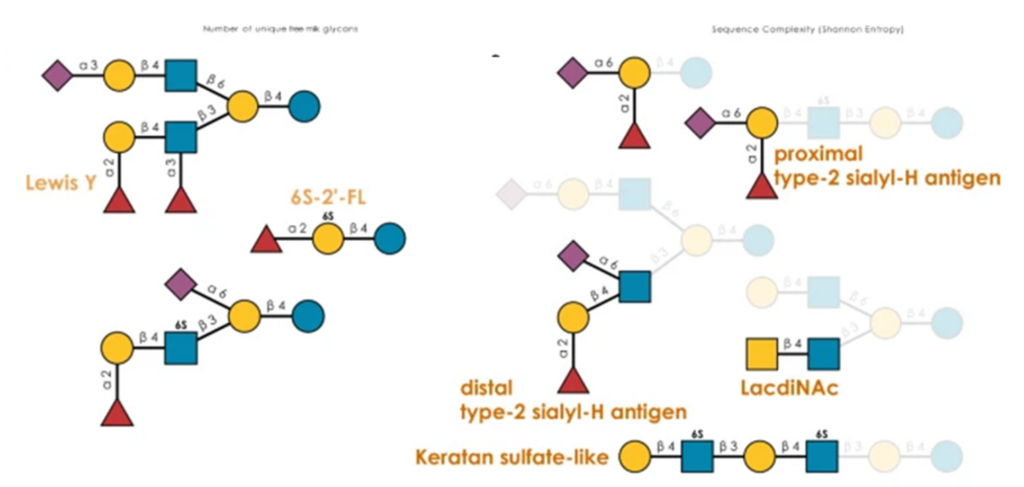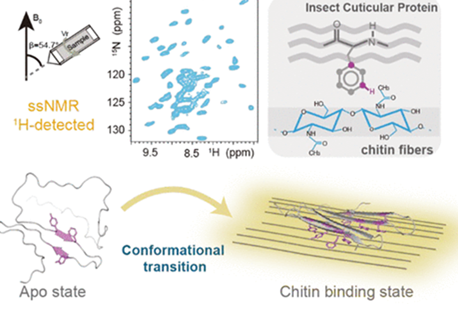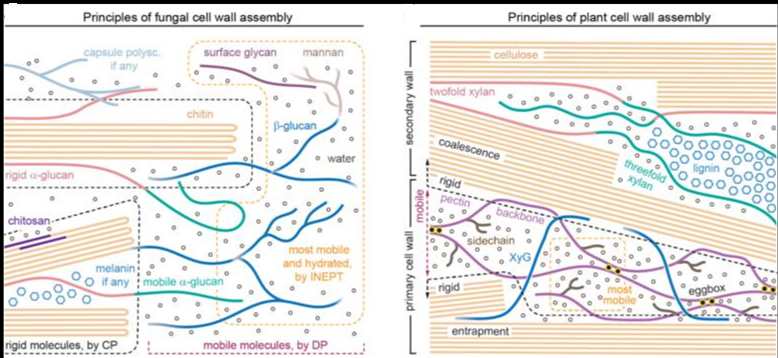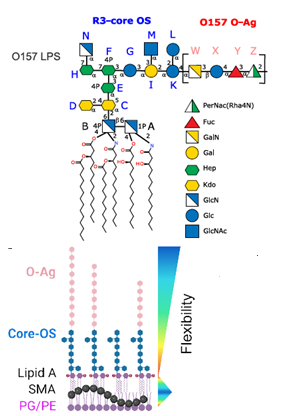Cellulose-binding domains (CBDs) play a vital role in cellulose degradation by enzymes. Despite the strong ability of brown-rot fungi to degrade cellulose in wood, they have been considered to lack or have fewer enzymes with CBD.
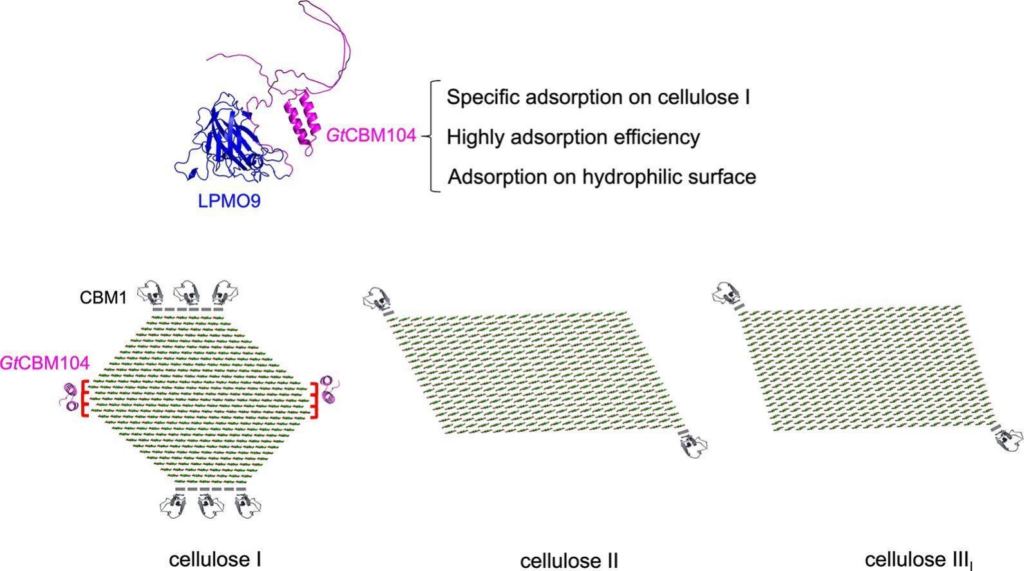
The authors report the C-terminal domain of a lytic polysaccharide monooxygenase from the brown-rot fungus Gloeophyllum trabeum (GtLPMO9A-2) functions as a CBD, classified as a new family of carbohydrate-binding module, CBM104. The amino acid sequence of GtCBM104 shows no similarity to any known CBDs. A BLAST search identified 84 homologous sequences at the C-terminus of some CAZymes, mainly LPMO9, in basidiomycetous genomes.Binding experiments showed that GtCBM104 binds selectively to native crystalline cellulose (cellulose I), but not to artificially modified crystalline or amorphous cellulose, whereas the typical fungal CBD (CBM1) binds to all cellulosic materials tested. The adsorption efficiency of GtCBM104 on cellulose I was >20 times higher than that of CBM1. Adsorption tests and microscopic observations strongly suggested that GtCBM104 binds to the hydrophilic regions of cellulose microfibrils, whereas CBM1 recognizes the hydrophobic surface. The discovery of GtCBM104 strongly suggests that the contribution of CBD to the enzymatic cellulose degradation mechanism of brown rot fungi is much larger than previously thought.

